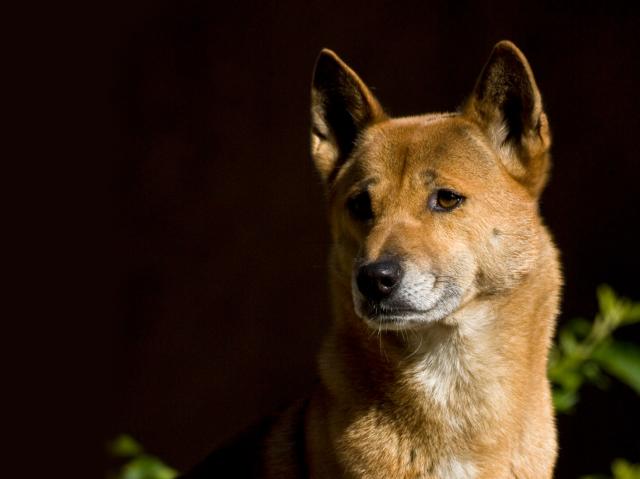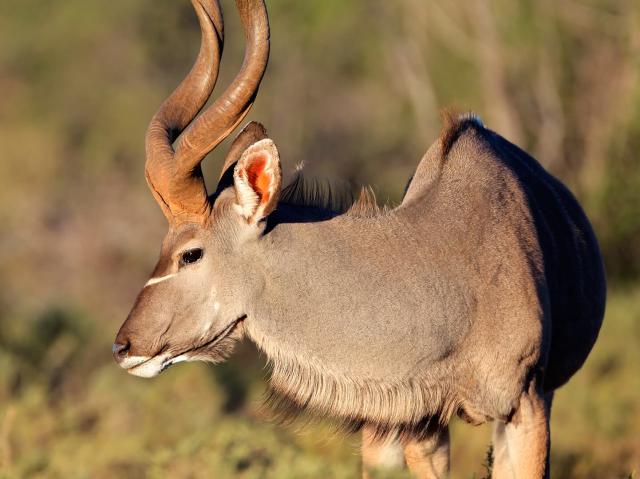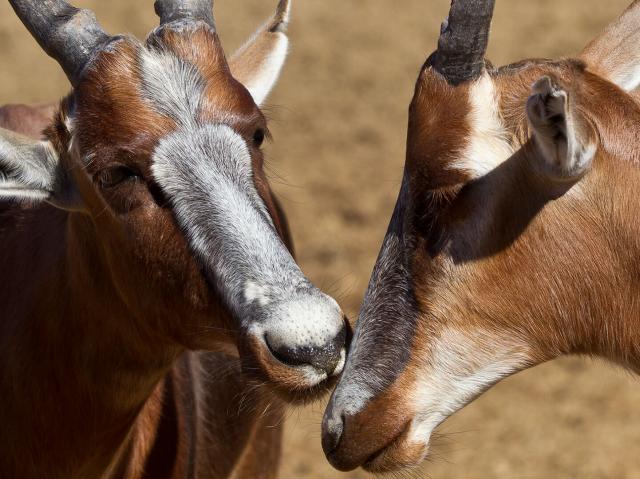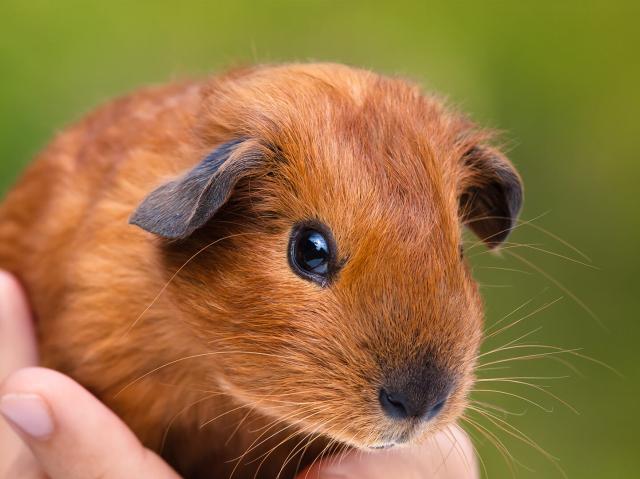
Somali Wild Ass

- CLASS: Mammalia (Mammals)
- ORDER: Perissodactyla
- FAMILY: Equidae
- GENUS: Equus
- SPECIES: asinus
- SUBSPECIES: somalicus

ABOUT
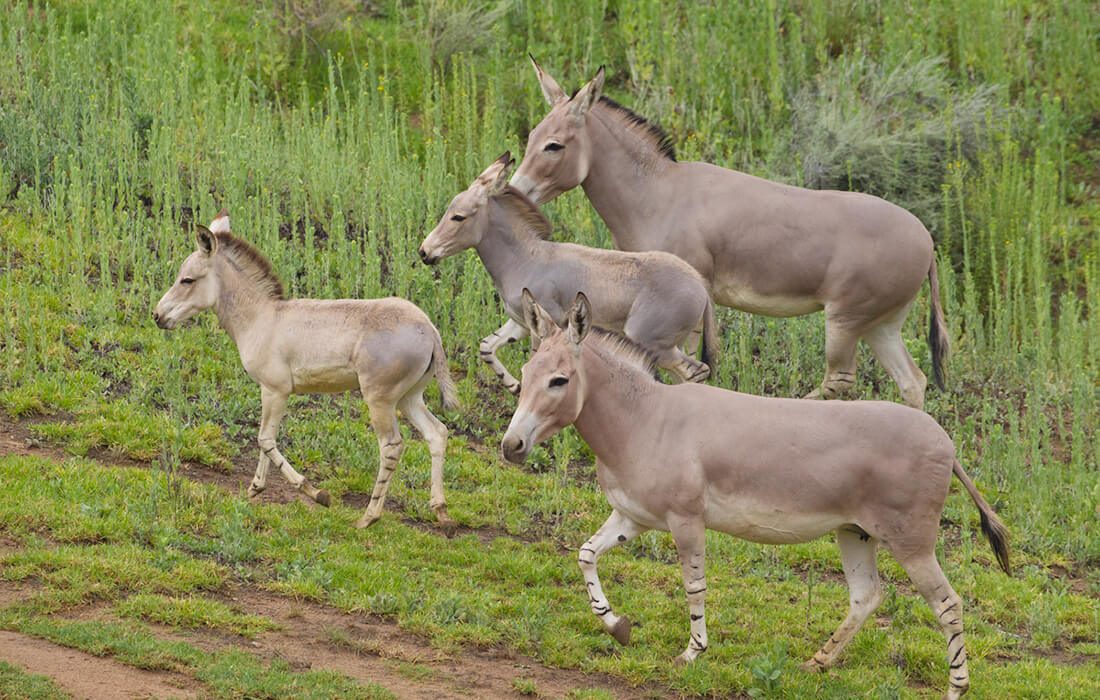
Wild horses? Sleek, graceful, proud, and majestic, wild members of the horse family Equidae (horses, zebras, and wild asses) have long held a strong fascination for humans. All wild asses differ from horses and zebras in their smaller size, larger ears, tufted tail, stiff mane, and characteristic loud bray. Found in some of the most rugged habitats in Africa and Asia, wild asses are able to thrive where most wildlife cannot. African wild asses are divided into two subspecies: Somali and Nubian wild asses. It is possible that only the Somali wild ass remains.
All wild asses have bristly, upright manes like their zebra relatives. The Somali wild asses have a soft gray body, white belly, spiky black-and-gray mane, and unique black-and-white stripes on their legs, which also hint at their family connections. They are the only ass with striped legs. Their short, smooth coat has a purplish hue when the light hits it just right.
The smallest of the equids, the Somali wild ass has small, narrow hooves that help it move quickly and safely through its stony habitat. This small, surefooted design led to the domestication of Nubian and Somali wild asses by the Egyptians more than six thousand years ago.
Somali and Nubian wild asses have been an important part of Africa's history. Their images have been painted in caves by ancient peoples in North Africa and, at one time, sultans of the area ordered a man's hand cut off if he killed a wild ass.
Wild asses are intelligent creatures with excellent vision and hearing. They'd rather run from predators than fight. If cornered, though, they can kick hard to protect themselves. One swift kick from a sharp hoof is enough to drive away most predators, including wolves!
SaveSave
SaveSave
HABITAT AND DIET

Native to the rocky desert of eastern Africa, Somali wild asses have to deal with extremely high temperatures. Somali wild asses rest under any shade they can find until the temperature cools down in the late afternoon and evening. They graze again in the early morning hours.
All wild asses are herbivores and spend their time grazing on grasses, but they also eat scrub, bark, and tough desert plants. Their upper and lower incisor teeth clip grass and other vegetation. Molars help grind the rough food before swallowing.
Somali wild asses at the San Diego Zoo Safari Park are fed hay, alfalfa, carrots, and herbivore pellets. Even though they are very well adapted for life in the desert, they must live near a water source.
SaveSave
FAMILY LIFE
Somali wild asses often live alone due to the lack of food in the deserts where they are found. Small herds do exist, though, usually comprised of mares (adult females) and their offspring. Occasionally, larger groups form during the wet season, when food and water are more plentiful. This is also when foals are born.
Stallions (adult males) are often solitary, and mature stallions are known to protect territories that usually include a water source. Stallions often fight each other in bitter battles that include rearing and biting, all for the right to breed with the females. The mares give birth to a foal about 11 months later.
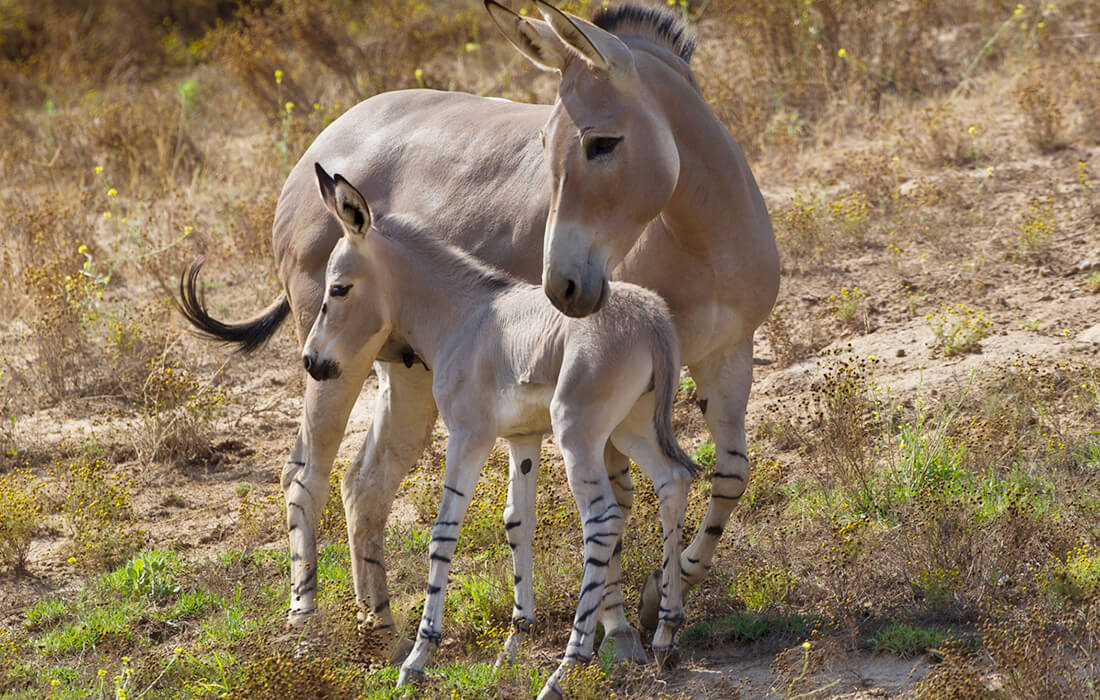
Somali wild ass foals (babies) are able to follow their mother within a few hours after birth, and usually by the time they are one year old, they are half grown, weaned, and no longer need their mother. Like domestic horses, foals in the ass herd like to chase, neck wrestle, rear, buck, and leap. It's quite fun to watch!
Like all equids, wild asses grow long, dense winter coats to protect them from the cold. In the spring, they begin to molt, losing hair in patches. To help the molting process along, two asses may stand side by side and head to tail, nipping at each other's sides and neck. They also roll, bite, and scratch at their own coats to keep their skin in good condition.
SaveSave
SaveSave
CONSERVATION
All wild equids—horses, zebras, and wild asses—are threatened; however, the Somali wild ass is critically endangered. Political unrest, encroachment of their land and water sources by domestic herds, poaching, and a lack of awareness of their endangered status are all major threats to the wild asses. The asses compete with people and livestock for food and water sources; they are hunted for food, skins, and use in traditional medicines; and they can also freely interbreed with domesticated donkeys, which further threatens this critically endangered species.
The Somali wild ass is at critical risk, with only a few hundred left in their native habitat. Something as simple as a drought could be enough to wipe out the entire population. Protected by the local government, Somali wild asses are still hunted for meat or for their fat, which is used medicinally and believed to cure hepatitis. Another problem is hybridization; local people leave their female donkeys beside water holes at night, hoping Somali wild ass stallions will mate with them and improve the domestic breed. This is a serious threat to the gene pool of the wild ass species.
The Nubian wild ass may be extinct already, and there are none in human care at this time.
San Diego Zoo Wildlife Alliance participates in an Association of Zoos and Aquariums Species Survival Plan Program for equids to help them stay alive and well. The San Diego Zoo Safari Park is one of only a few breeding facilities in the United States that cares for wild asses and has welcomed the births of more Somali wild asses than any other zoo in North America. We are working on a project to determine factors that impact reproductive success.
We are also working on a project to document social behavior, nursing behavior, and behavioral development of foals and are working in collaboration with the Saint Louis Zoo to examine hormone levels in relation to reproductive success.
By supporting San Diego Zoo Wildlife Alliance, you are our ally in saving and protecting wildlife worldwide.
LIFESPAN
Up to 40 years
YOUNG
Gestation: 11 to 12 months
Number of young at birth: usually 1 every other year
Weight at birth: 50 to 60 pounds (23 to 27 kilograms)
Age of maturity: up to 2 years for males, 2 to 4 years for females
SIZE
Length: average 6.6 feet (2 meters) long
Height: 4.2 to 5.5 feet (1.3 to 1.7 meters) tall at shoulder
Weight: average 605 pounds (274 kilograms)
FUN FACT
In the 1500s, Spanish explorers brought domesticated African wild asses to the southwestern U.S. Descendants of these asses still roam the Southwest—we know them as burros.




